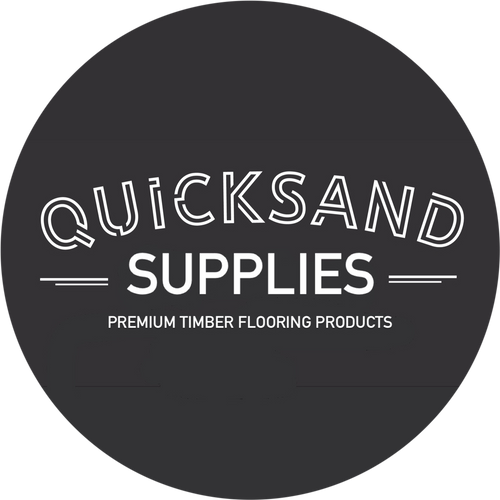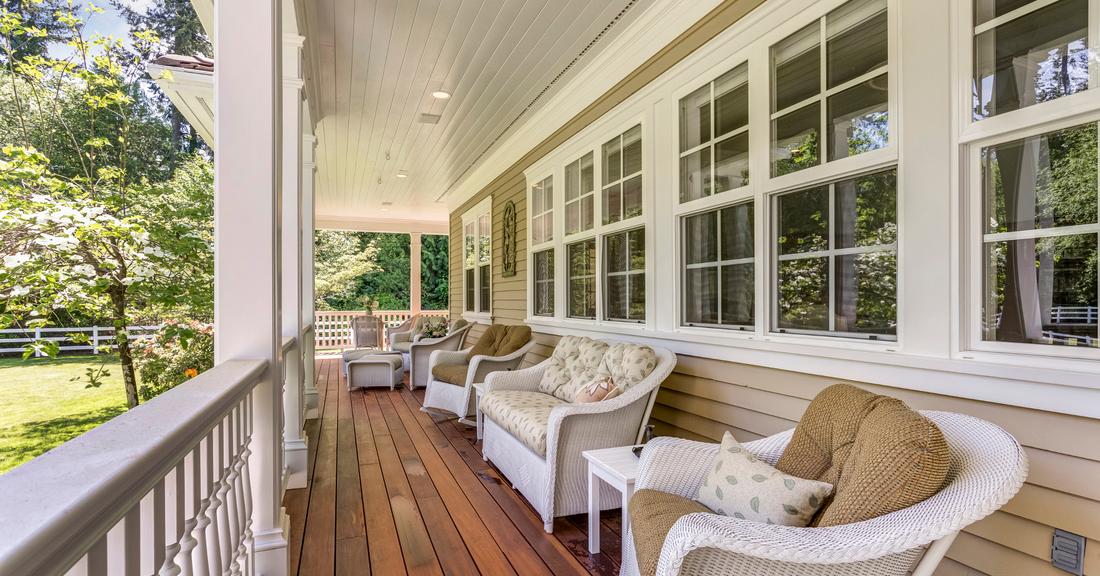Wood stain removal isn’t one-size-fits-all. From commercial-grade varnish strippers to clever pantry staples like vinegar, baking soda or even non-gel toothpaste, there are a surprising number of effective options. The key lies in matching the method to the stain, whether it’s caused by moisture, grease, alcohol, or heat.
Quicksand Supplies stocks a range of stain removing products from leading European manufacturers. If you’re dealing with tannin stains, water marks, wine spills, cooking grease or something else entirely, our stain removers can make light work of any unwanted marks.
Identifying Your Wood Type
You’ll need to know whether your timber floor is made from hardwood or softwood, finished or unfinished, before you start using a stain remover.
Hardwood vs Softwood
Your wood type matters because softer woods need gentler cleaning methods to avoid damage. Here’s what to look for when checking your floor:
- Hardwood floors show more prominent grain patterns with visible pores. Australian homes often have oak, maple, and walnut. These woods have denser structures that resist scratches and dents better. So hardwoods need specific stain removal methods because of their tight grain patterns.
- Softwood floors such as pine, cedar, and fir have lighter colours and subtler grain patterns. Their grain structure looks looser and often has more knots or natural markings. These woods soak up stains easily because they're less dense, which affects your stain removal strategy.
Finished vs. Unfinished Surfaces
Your floor’s finish plays a big role in stain removal.
- Surface finishes: Create a protective layer on top of the wood, such as polyurethane, water-based urethanes, and lacquers.
- Penetrating finishes: Soak into the wood rather than forming a top layer. These include oils, waxes, and penetrating sealers.
The water test is a great way to identify your finish. Drop some water on a hidden spot on your floor. Surface finishes make water bead up. Water slowly soaking in points to a penetrating finish or bare wood. Remember, bare wood soaks up liquids quickly because it has no protection. You’ll need to act fast with a suitable Quicksand Supplies product to remove stains without harming the natural wood.
Tough stains on finished floors require special attention. White marks or rings usually stay on the surface and you can treat them without removing the finish. Dark water stains show that liquid has gone deeper and might need more thorough treatment.
Knowing your timber type and finish helps you pick the best stain remover. Our products work on both oiled or lacquered floors. This ensures you’ll remove stains effectively while protecting your timber’s beauty and structure.

Quick Fixes for Fresh Stains
A quick response can save your timber floors when a fresh stain appears. New stains that haven’t yet seeped deep into the wood are easier to remove than old ones.
Immediate Response Steps
You need to act fast with fresh wood stains. A spill that sits too long will seep deeper into the grain and become harder to clean. Here’s what you should do right away:
1. Identify the stain type: You’ll need different treatments for water rings, food spills, ink, and alcohol stains.
2. Gather your supplies: Get clean, absorbent cloths or paper towels ready. Microfiber cloths work best since they don’t leave lint behind.
3. Remove excess liquid: Blot (don’t rub) any wet substance from the surface right away.
While these steps and materials are good to have for an immediate response, keeping a professional-grade stain remover nearby will ensure superior results. Check out Quicksand Supplies’ range of premium stain removal products here. We use the leading European brand WOCA for superior results.
Blotting Techniques
Your blotting technique can make or break your stain removal success. Bad techniques push stains deeper or spread them across the surface.
For water-based stains, press down firmly with a clean, absorbent cloth without rubbing. Start from the stain’s edges and work inward to avoid spreading. Keep blotting until the cloth stays clean.
Oil-based stains need a different strategy. First, remove excess oil with a dry paper towel
Emergency Cleaning Kit
We recommend keeping an emergency cleaning kit nearby, just in case you need it. This kit should contain: a microfibre cloth or mop, a spray bottle with water, a soft-bristled brush or toothbrush, a dry cloth, paper towels, protective gloves, and a premium timber stain remover.
When combined with the correct soaps, oils and surface treatments, timber floor stain remover can get rid of any unwanted marks
Step-by-Step Stain Removal
Your timber floor type will determine the best way to remove stains. The right method saves time and keeps your beautiful floors safe from damage. Quicksand Supplies has special stain removers that make this task easier for both oiled and lacquered timber floors.
Surface Preparation
A clean surface is vital before using any stain remover. Start by hoovering up or sweeping loose debris so particles won’t scratch the surface during treatment. Next, check what kind of stain you’re dealing with to pick the right removal method.
Most timber floors need a quick clean with warm water and mild detergent first. Don’t soak the floor as too much water can harm the wood grain. Use a well-wrung damp cloth instead. This gentle method clears away surface dirt that might get in the way of stain removal.
Different stains need specific prep work:
1. Water stains and rings: Let the area dry fully for at least 48 hours, as some marks might fade away on their own.
2. Oil or grease stains: Use paper towels to blot up extra oil without rubbing, or you’ll spread the stain. Oiled floors should also be treated with WOCA Maintenance Gel to renew and restore oiled floors.
3. Dark or persistent stains: You might need Quicksand Supplies’ stronger products made just for tough timber floor stains.
4. Food or beverage stains: Clean off any leftover material before you put on the stain remover.
Sanding should be your last option for bad stains. The right Quicksand Supplies product will handle most surface stains without hurting the finish.
Preventing Future Stains
Your timber floor’s beauty needs protection after successful stain removal. Good care will extend your flooring’s life and reduce the need for frequent stain treatments.
Protective Coatings
The right protective coating creates a barrier against stains. Our timber floor cleaners not only remove dirt and stains, they protect your floors against moisture seeping into the grain.
Regular Maintenance Tips
Consistent maintenance is the key to effective stain prevention:
- Use a soft-bristled attachment to sweep or vacuum regularly so dirt won’t scratch the protective finish
- Protect your floor’s barrier by putting felt pads under furniture legs
- Set up doormats at entrances to catch dirt and moisture
- Reduce the use of shoes inside, especially high heels that can severely scratch floors
Quick Response Guide
Speed matters when spills happen:
- Use absorbent paper towels or clean cloths to blot spills right away
- Don’t wipe or rub, as this pushes liquid deeper into wood grain
- If required, use a premium timber stain remover from our range
Your timber floors will stay beautiful for years with the right protective coatings, regular care, and quick accident response.
Premium Wood Stain Remover at Quicksand Supplies
Quicksand Supplies ships floor maintenance products across Australia. We only recommend products we use ourselves, which is why we stock brands like WOCA, Ciranova and Berger-Seidle.
You can browse our range online at any time. If you’re unsure which products you need, get in touch with us and we’ll be happy to recommend the right stain removal system.

